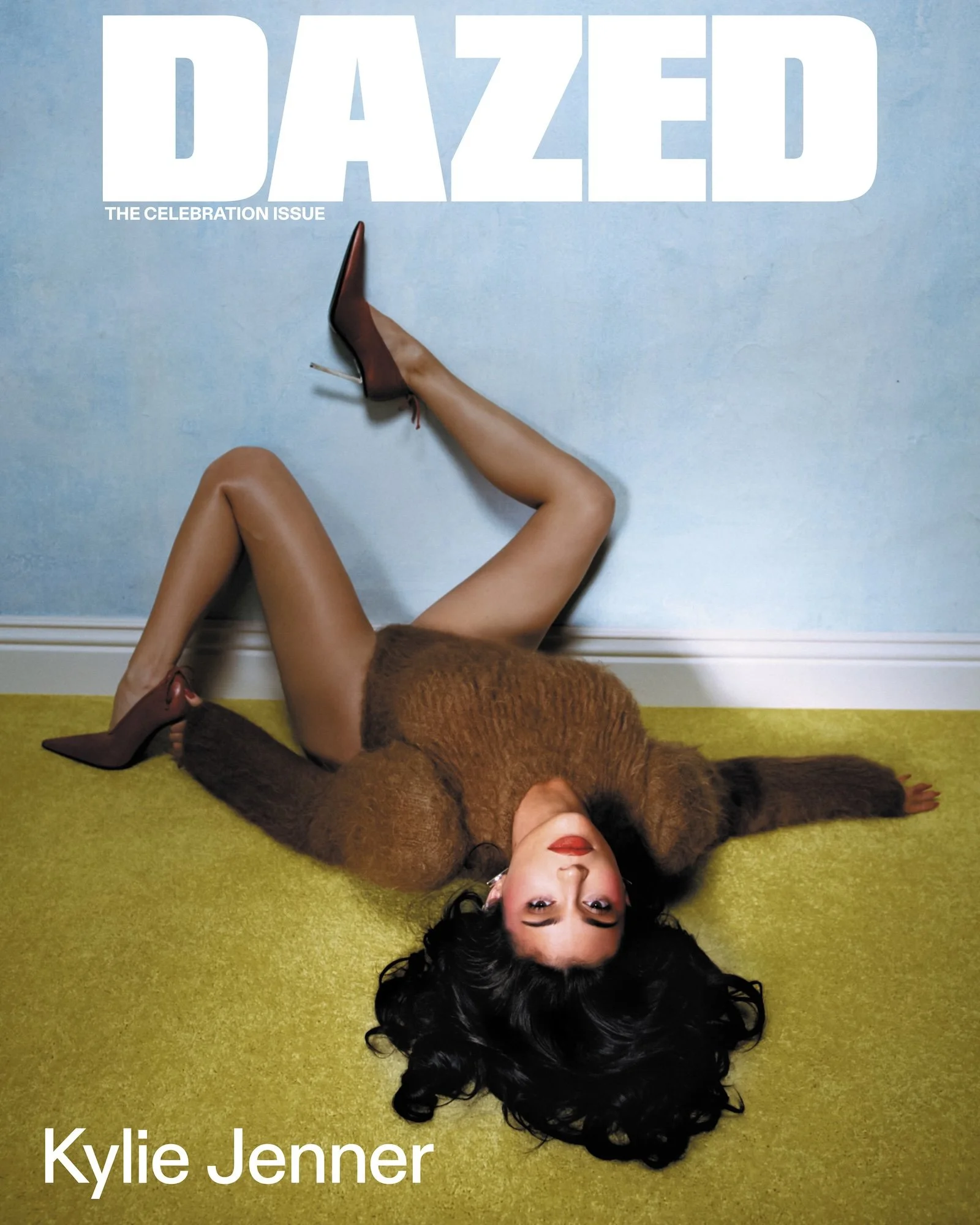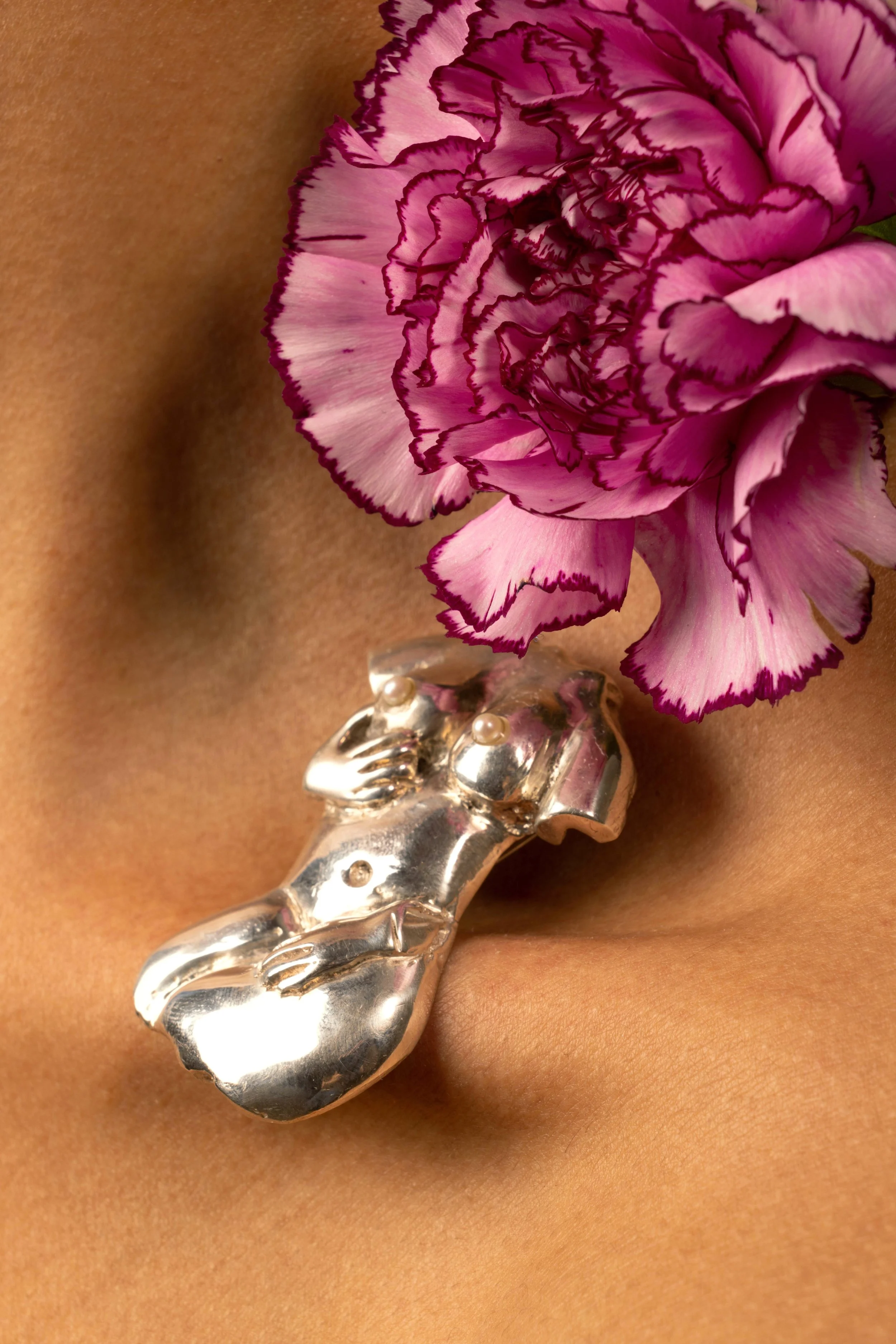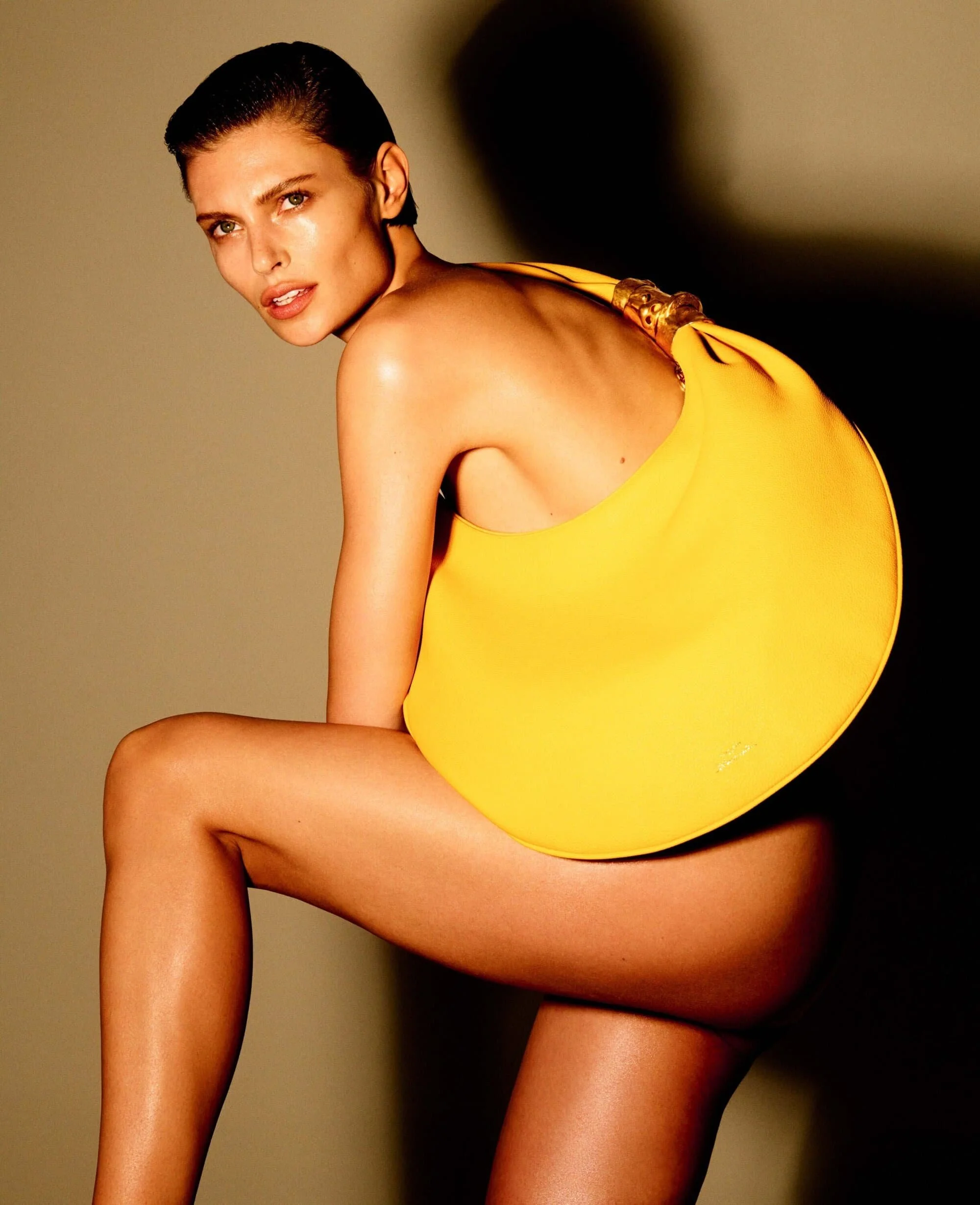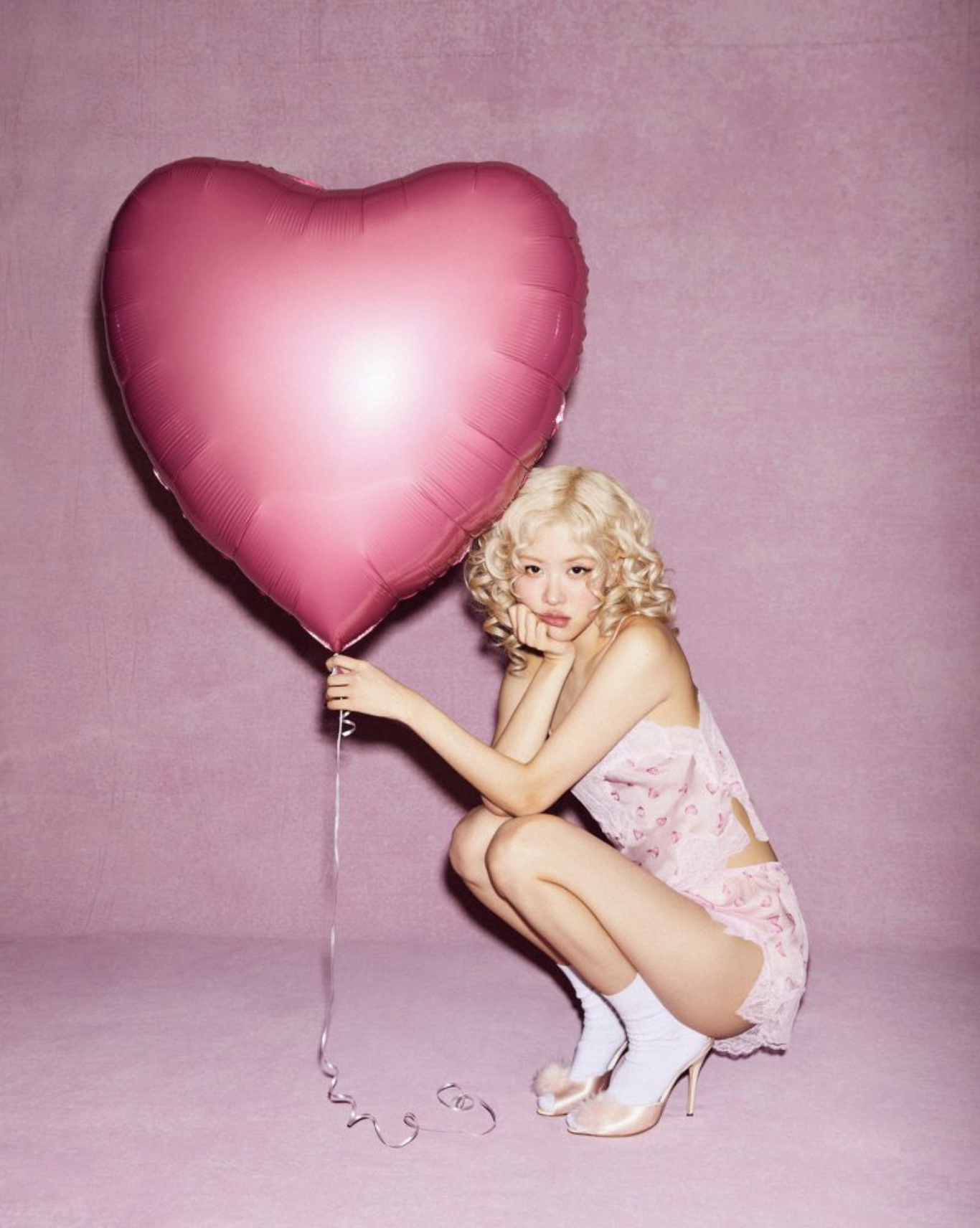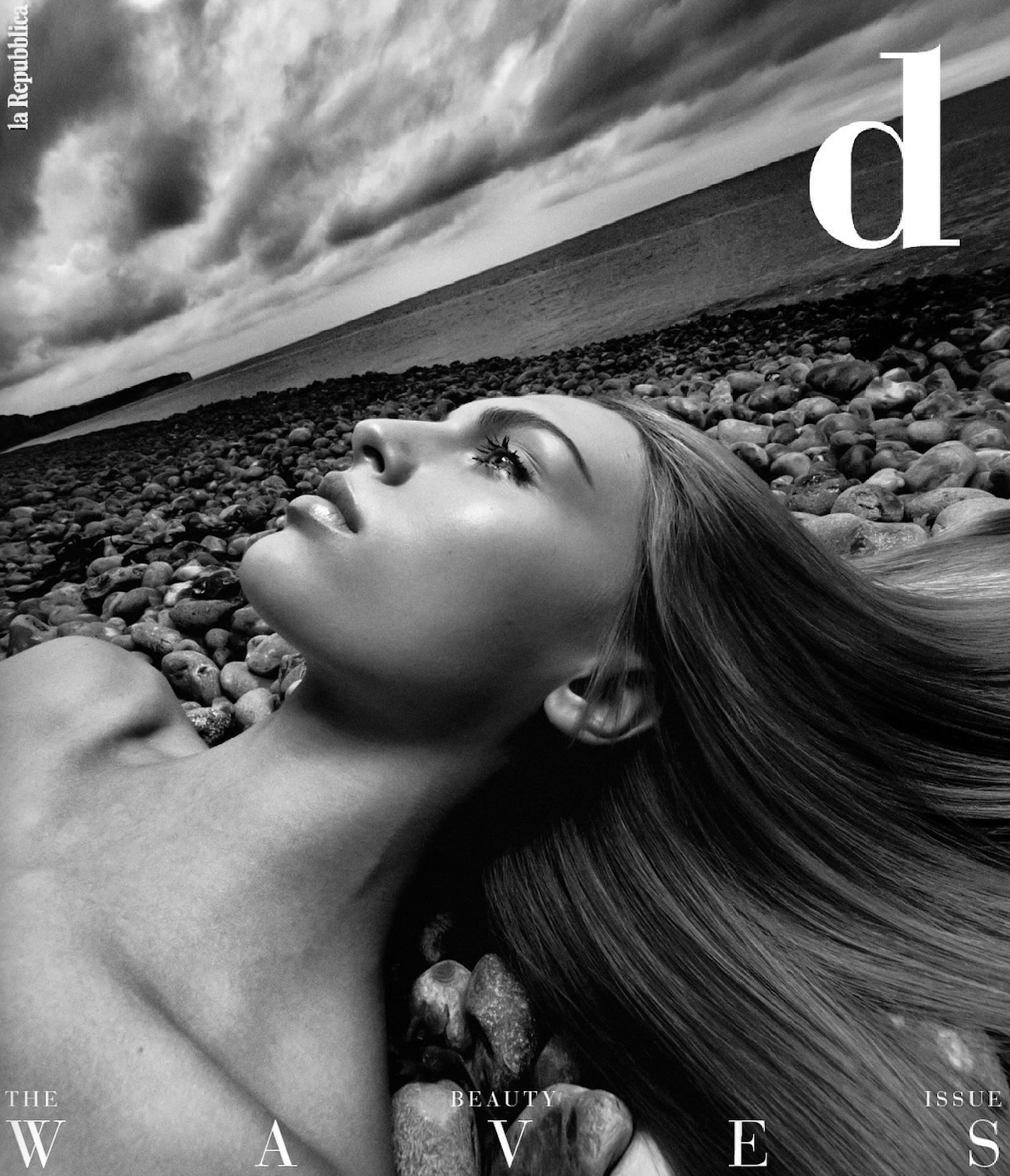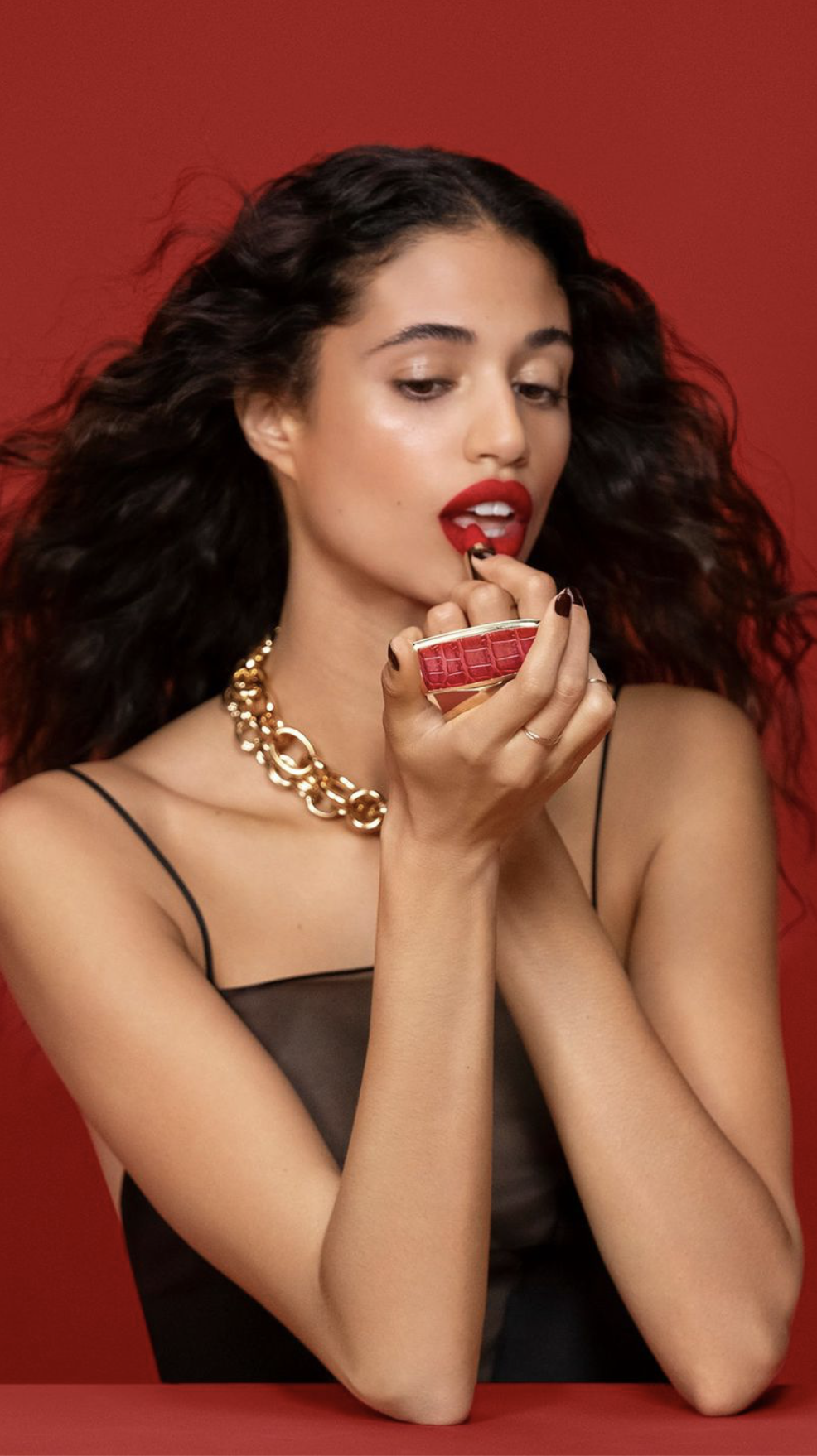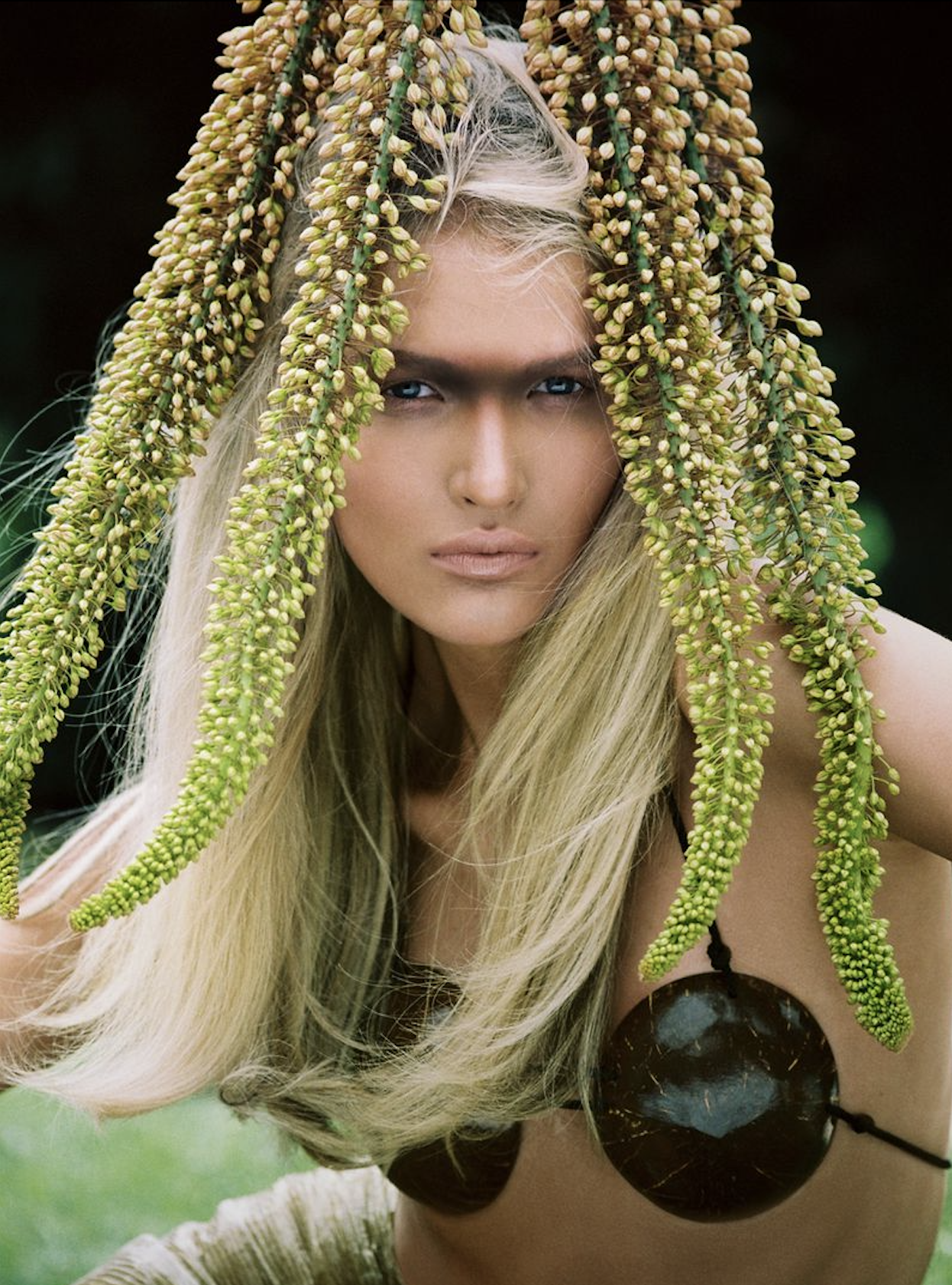Vogue France Fuses Lingerie and Jewelry into Women and Wellness in December 2025
/The French have an approach to wellbeing that often seems at odds with America’s. An example is this December 2025 French Vogue [IG] fashion story that focuses not on supplements or gentle exercise.
Rather, the French are always game to add lingerie and jewelry to a wellness feature. Model Rosalieke Fuchs is lensed by Maxime La [IG].
The 2026 question is whether the reason why French women continue to prioritize lingerie and jewelry in their curated shopping experiences have changed. Some AOC readers might use the descriptor ‘evolved’.
Global Axis of Wellbeing Research: America, China and France
AOC is taking a look at France through a specific window of time this week, one confined to the last decade.
Is France becoming more like America? Does the reverse reality exist and America is becoming more like France? Or are our lifestyles running on parallel roads, and not much has changed in our national approaches to living well?
In 2026 we will revisit regularly topics connected to wellbeing and ‘the good life’, through the lens of America, China and France. Any research on the global topic of living well is irrelevant, without including China.
We note that China is a vast nation and not a singular experience, depending on geography, history and the international role of its cities.
Anne’s Jaw-Dropping First Arrival in Asia
In my extensive level of international travel and business experience, there was never a time when I arrived in any country in the world believing that the American way is always the best way of doing everything or anything.
I recall my first flight to Hong Kong decades ago, when my 60-80/hr work week at Victoria’s Secret earned me a permanent first class upgrade on United Airlines. The jaw-dropping sight of Hong Kong took my breath away as the highly-experienced United pilots navigated a treacherous, night descent into Kai Tak Airport.
Coupled with my first night-arrival in Seoul from Hong Kong — one that ‘totally blew my mind’ — it took Anne less than a combined 15 minutes to understand Asia as a vastly different place than how it existed then in the minds of most Americans, including our business leaders.
Asia long-ago earned a prominent place in my worldview and in my heart, but it’s more important than ever in the year 2026 — as many AOC readers prepare for the Chinese New Year of the Horse.
The upcoming Fire Horse [2026] is defined differently than the Wood Horse [2014]. We will explain in days, but the year of the Fire Horse was last experienced in 1966.
France Gets A New ‘First Family’
Apple News grabbed my heart in a ‘little bit sad’ way today. If I sought a second passport, it would also be French.
George and Amal Clooney and their 8-year-old twins are now French citizens. Clooney said he sought France for his family to escape Hollywood culture, paparazzi attention and to give his children a more normal upbringing.
That ‘normal upbringing’ includes living at Domaine Le Canadel, a 425-acre estate in Provence with a pool, tennis court, an olive grove and a 25-acre vineyard. Sorry, George. It’s more than a farm.
Of course AOC understands why the Clooney family has sought refuge in France and for multiple reasons.
Anne’s new ‘Axis of Wellbeing Research’ would always include a nation so deeply embedded in American history and also in my own life and personal values as France.
Add the topic of LVMH businesses and the rest of luxury fashion world, one can only say that AOC had better love France.
She does. Body, Heart and Soul.
Happy New Year to all. ~ Anne

























